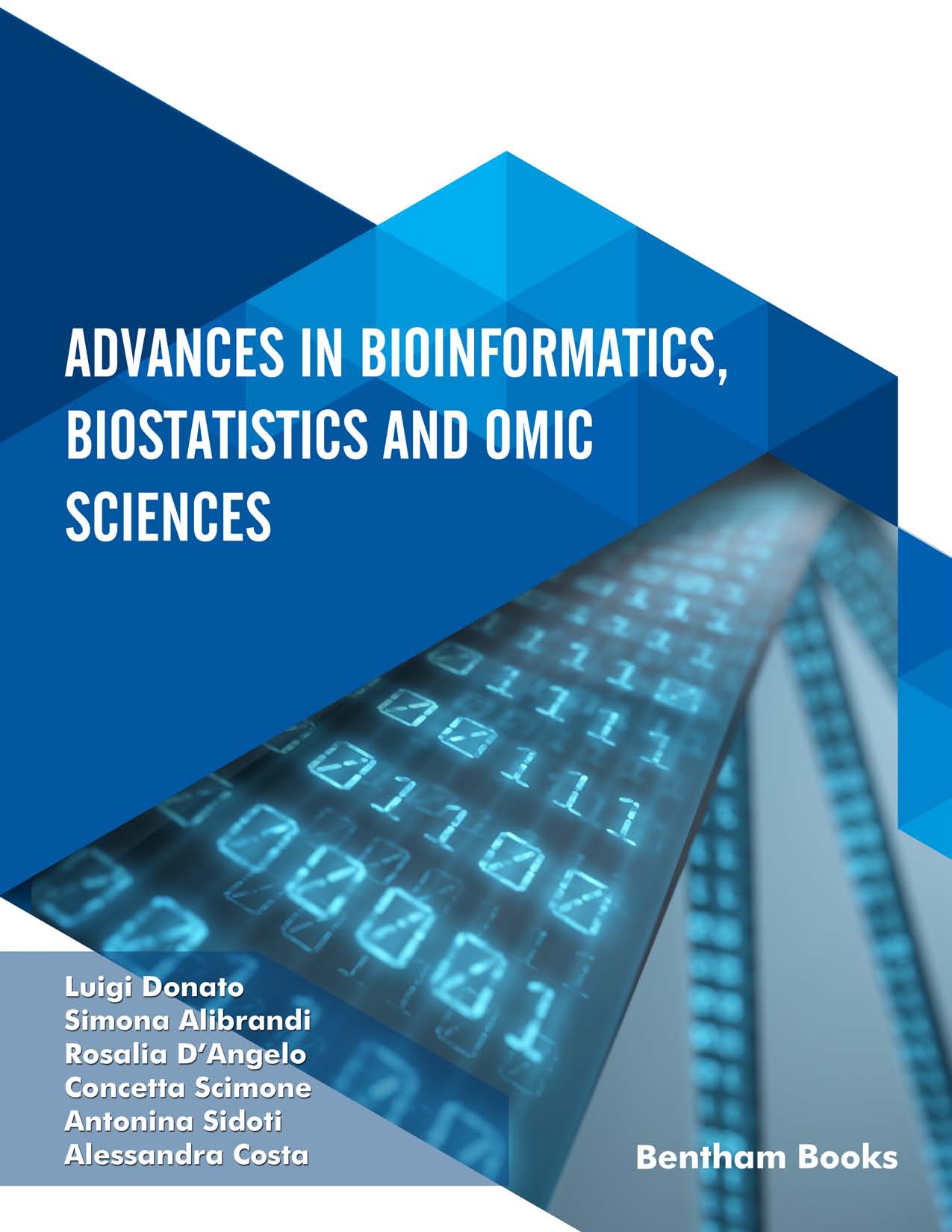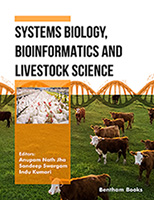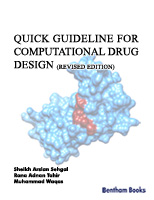Introduction
Bioinformatics, and by extension omic sciences – the collective disciplines that are dependent on the use of extensive datasets of biological information – present a challenge of data management for researchers all over the world. Big data collected as part of research projects and experiments can be complex, with several kinds of variables involved. Coupled with continuously changing bioinformatics and information technology tools, there is a need to bring a multidisciplinary approach into these fields.
Advances in Bioinformatics, Biostatistics and Omic Sciences
attempts to realize an integrated approach between all omic sciences, exploring innovative bioinformatics and biostatistical methodologies which enable researchers to unveil hidden sides of biological phenomena.
This volume presents reviews on the following topics which give a glimpse of recent advances in the field:
- New Integrated Mitochondrial DNA Bioinformatics Pipeline to Improve Quality Assessment of Putative Pathogenic Variants from NGS Experiments
- Variant Calling on RNA Sequencing Data: State of Art and Future Perspectives
- An innovative Gene Prioritization Pipeline for WES analyses
- New Integrated Differential Expression Approach for RNA-Seq Data Analysis
- Innovations in Data Visualization for Straightforward Interpretation of Nucleic Acid Omics Outcomes
This volume serves as a guide for graduate students in bioinformatics as well as researchers planning new projects as a part of their professional and academic activities.




